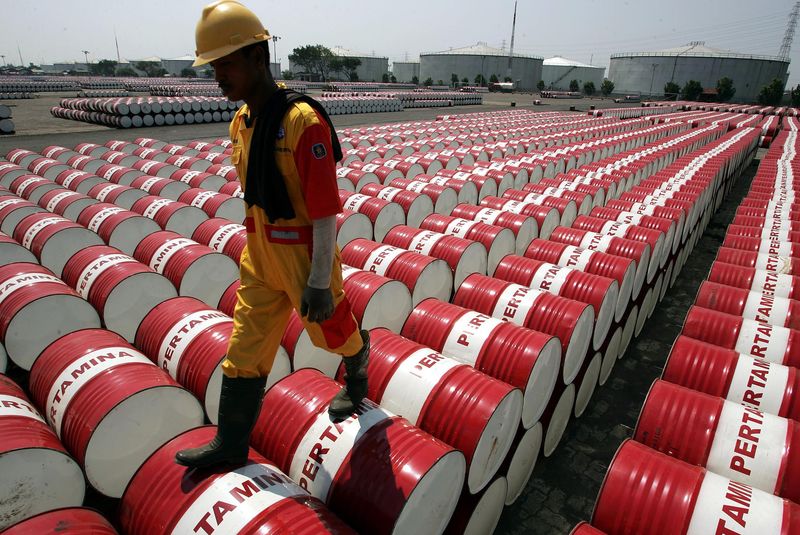Investing.com - Oil prices were higher during European hours on Wednesday, touching the strongest level in nearly four months as market players awaited fresh weekly information on U.S. stockpiles of crude and refined products.
Crude oil for November delivery on the New York Mercantile Exchange tacked on 64 cents, or 1.31%, to $49.33 a barrel by 4:05AM ET (08:05GMT), after touching $49.45 earlier, a level not seen since June 30.
The U.S. Energy Information Administration will release its weekly report on oil supplies at 10:30AM ET (14:30GMT) Wednesday, amid analyst expectations for an increase of 2.56 million barrels.
Gasoline inventories are expected to rise by 702,000 barrels while stocks of distillates, which include heating oil and diesel, are forecast to drop by 700,000 barrels.
After markets closed Tuesday, the American Petroleum Institute said that U.S. oil inventories surprisingly fell by 7.6 million barrels in the week ended September 30. The API report also showed an increase of 2.9 million barrels in gasoline stocks, while distillates showed a drop of 1.3 million barrels on the week.
Elsewhere, Brent oil for December delivery on the ICE Futures Exchange in London rose 71 cents, or 1.4%, to $51.58 a barrel. The contract rose to $51.69 earlier, the most since June 10.
Sentiment remained supported after OPEC members agreed on output cuts for the first time in eight years last week, despite some skepticism among analysts over the implementation of such an agreement.
The oil cartel reached an agreement to limit production to a range of 32.5 million to 33.0 million barrels per day, a reduction of 0.7%-to-2.2% from its current output of 33.2 million barrels.
However, the market remained skeptical of the deal, pondering how such a plan would be implemented. Some analysts cautioned that the agreement left out crucial details on how much each country will produce.
The 14-member oil group said it will finalize a plan to make those decisions at the official OPEC meeting in Vienna on November 30, when an invitation to join cuts could also be extended to non-OPEC countries such as Russia.
